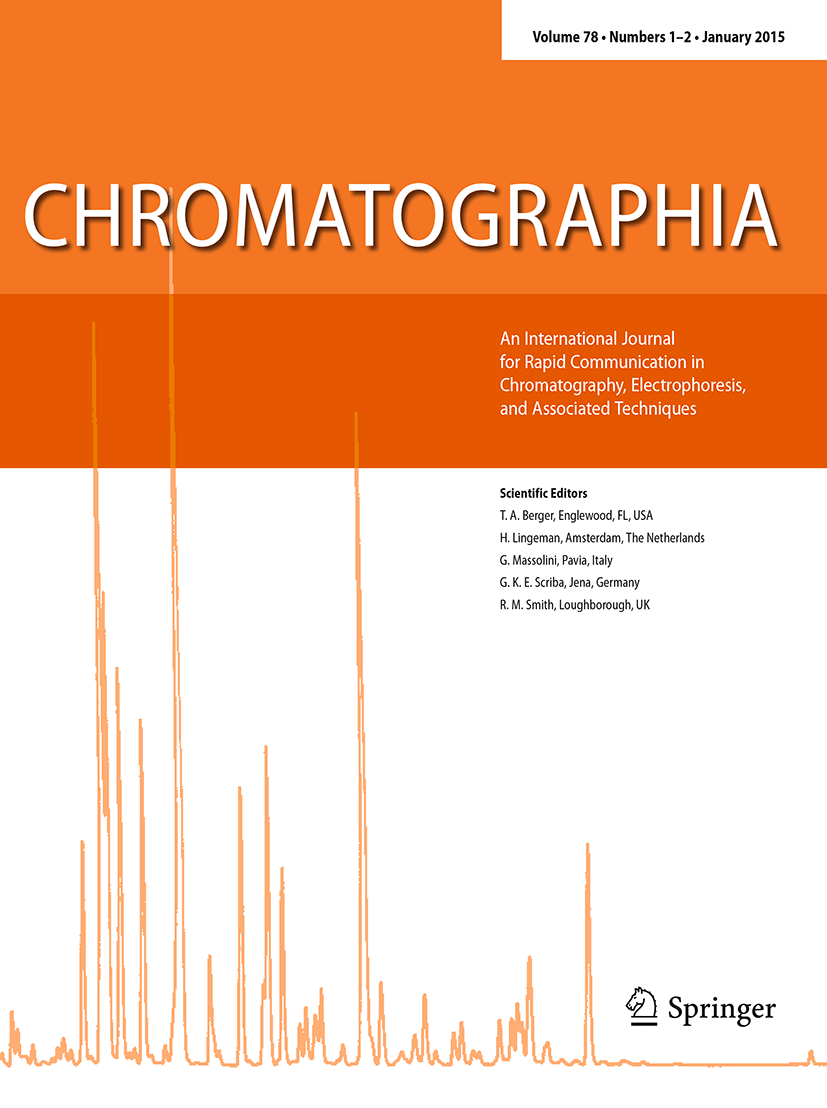HPTLC Based Marker and Fingerprint Analysis Coupled with Multivariate Analysis of Different Parts of Cyanthillium cinereum from Different Geographical Locations
Abstract
A rapid rise in population has led to the exploitation of natural resources, especially medicinal plants to meet human needs. Repeated harvesting of non-renewable or slow growing plant parts can severely damage plant systems. The whole plant of Cyanthillium cinereum (Sahadevi) is the key ingredient in numerous extract-based commercial herbal formulations beneficial for skin and hair related diseases. Although, the official crude drug Sahadevi covers the whole plant of Cyanthillium cinereum but many reports focus on individual parts as well. This study conducts a systematic comparative chemical investigation using fingerprint and marker based study of different parts (root, stem, leaves and flower) collected from both low land (Indo-gangetic plain) and high altitude regions, comparing then with the whole plant to determine which portion contribute most to the plant’s chemical composition. We employed, multivariate tools including principal component analysis and hierarchical clustering analysis on the fingerprint data for similarity analysis. The results indicate a close chemical similarity between the leaf and flower samples of Cyanthillium cinereum with whole plant based on comparable lupeol content and chemical profile. The high similarity observed in the leaves suggests that they may be used as a substitute for the whole plant, supporting efforts to enhance the plant’s life expectancy. Additionally, this study concluded that samples collected from lowland areas contain a higher concentration of bioactive component than those from high-altitude regions.

 求助内容:
求助内容: 应助结果提醒方式:
应助结果提醒方式:


